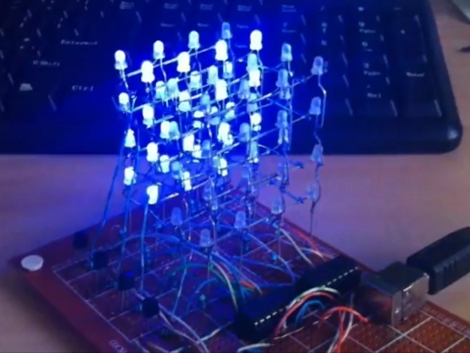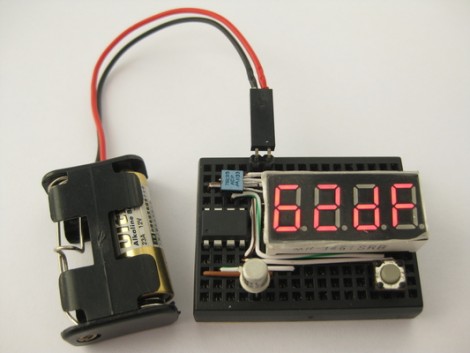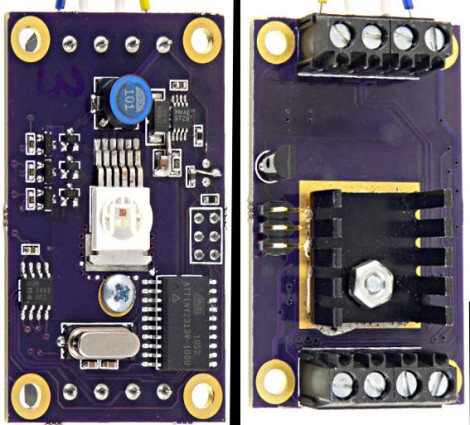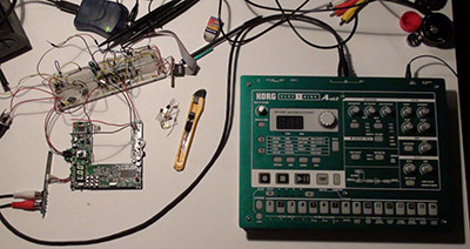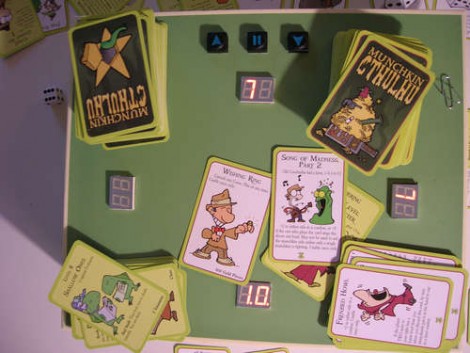
This game storage box will also keep score for you. [Marcus] built it for playing the card game Munkin, but some clever programming could adapt it for most needs. The hardware is built around an ATtiny2313 to do the thinking, and a MAX7219 to drive the 7-segment displays. Each player has their own two-digit score readout, which is perfect for this game which only tracks scores from -9 up to 10.
In the video after the break you can see [Marcus’] explanation of the user interface. One player acts as scorekeeper for the game. That person uses three buttons to adjust the score as necessary, and to move the current player marker, expressed as a decimal point on one of the displays. Pressing all three keys will put the unit into programming mode. This lets you select the number of players and at which position they are sitting, as well as make adjustments to the score if necessary.



